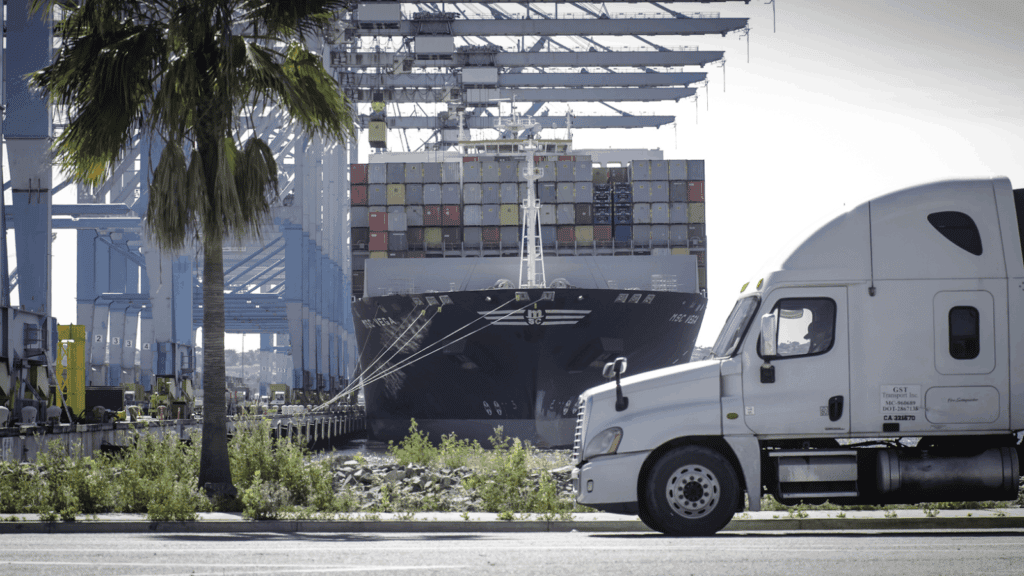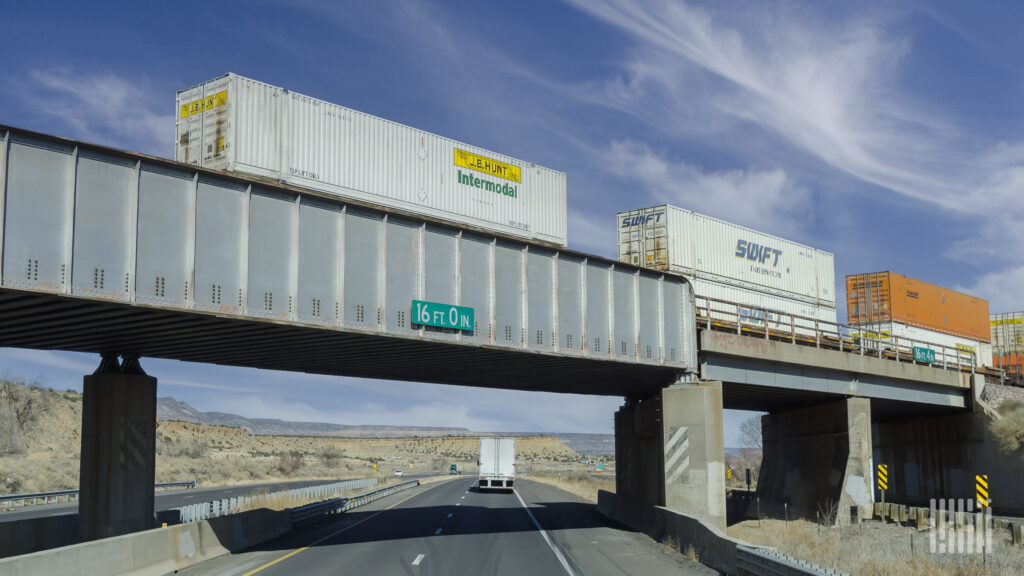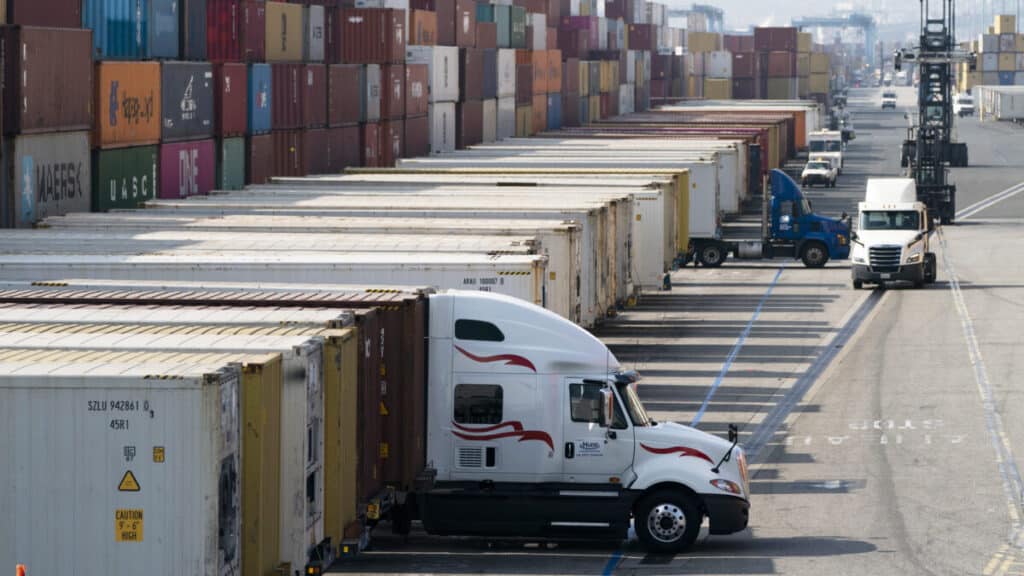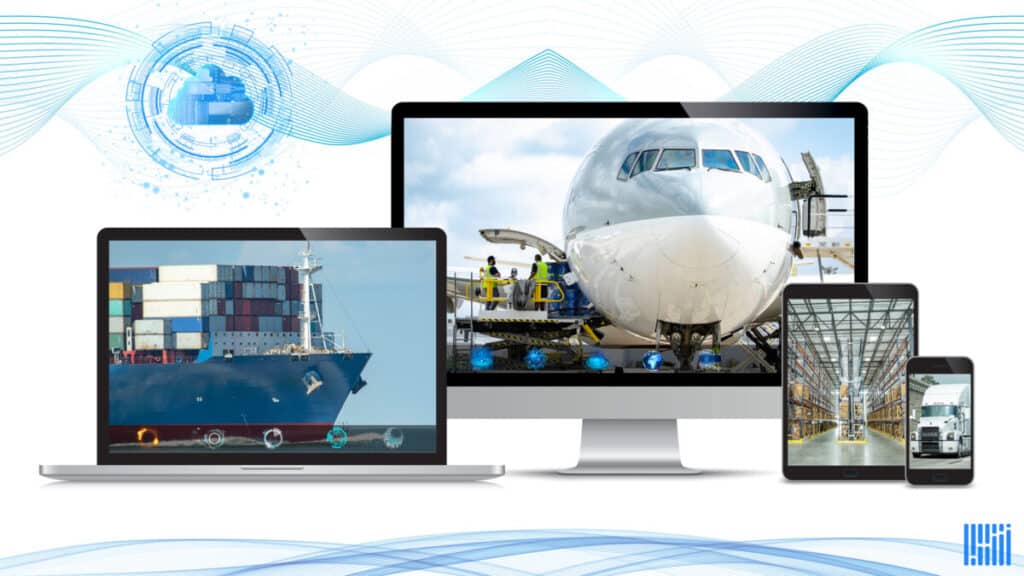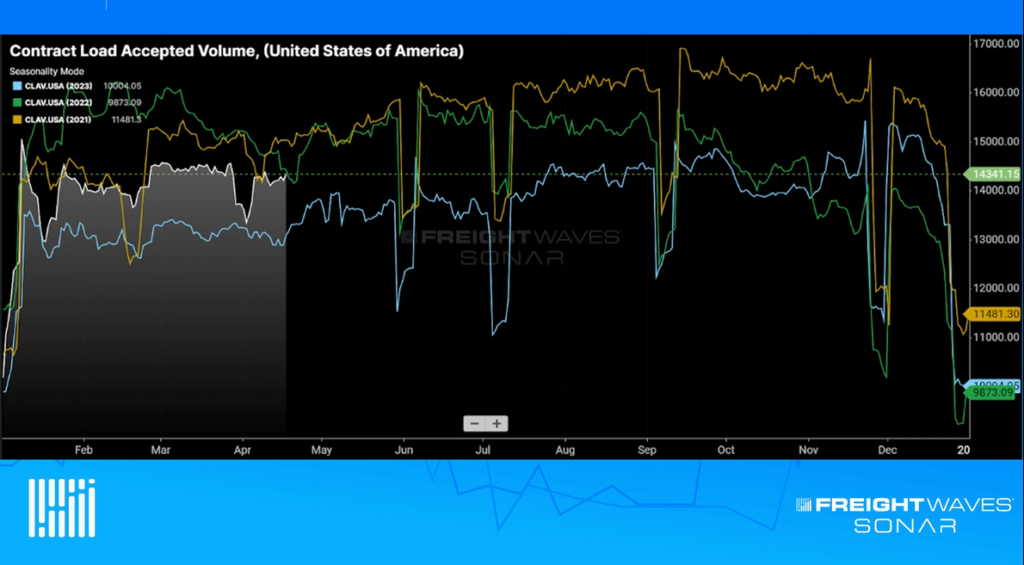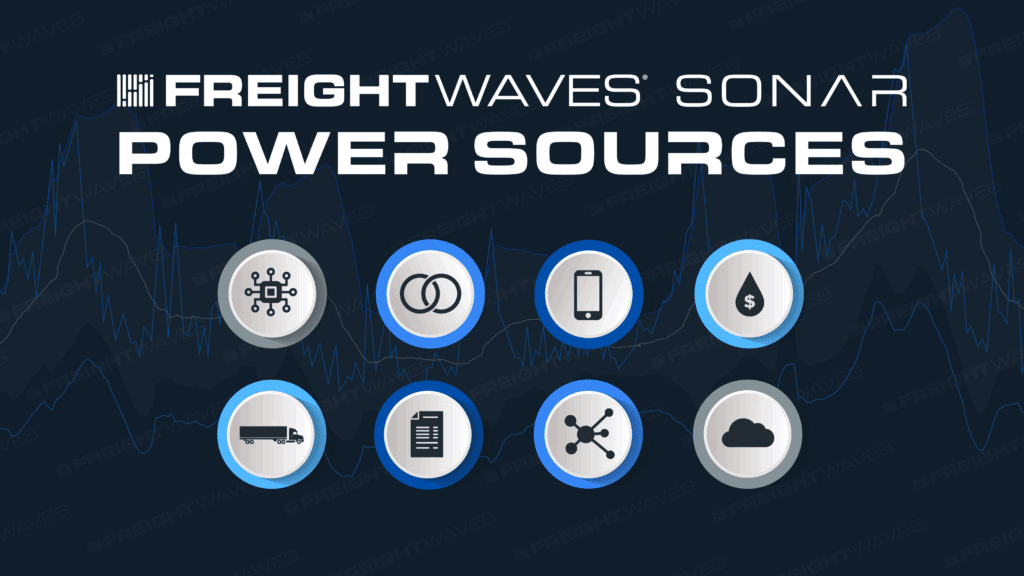1. Prepare for freight volatility – The balance between volume and capacity is more fragile than it was at the beginning of the second quarter. Tendered load volumes hit a record in SONAR in mid-March. April was the opposite though, as load volumes collapsed due to the economic shutdowns.
Tendered load rejections, which track truck capacity, bottomed out in early May at 2.38%, which is a level that implies that almost every electronically tendered load was accepted.
However, the second quarter has seen growing momentum as the economy reopens. Over the past 30 days load volumes have rebounded and there has been significant tightening in truck capacity as the tender rejection rate has climbed more than 300% from its bottom.
This means freight forecasters need to understand volatility in the freight market has been and will continue to be a fact of life in 2020.
2. Stay COVID-19 safe – Thirty-three states had a seven-day average of new cases on June 23, 2020, that was higher than their average during the past two weeks, according to Johns Hopkins University data. There is no data or federal action that suggests that this trend and the possibility of a second outbreak will slow anytime soon. Public health officials say the coronavirus will likely continue to spread in rolling, uneven waves throughout the country. Different states and municipalities have adopted vastly different approaches to shutdowns, testing, tracing and even mask-wearing.
There is still a great deal that we do not know about COVID-19. While it may seem that we don’t, we do know how to slow the spread – wear a mask when you are around anyone not from your household, wash your hands rigorously and regularly, minimize your time in indoor spaces with multiple people and if possible, move any event outdoors.
No matter whether you’re in a COVID-19 hotspot or not, there are things you can do to protect yourself and others. Do not spend your time and energy worrying about how others approach their COVID-19 defense. Do whatever makes you feel safe. At FreightWaves, it starts with a mask, distancing and frequent hand washing.
3. Know your business customer – Those following the economy closely have been in a state of cognitive dissonance for the past few weeks. On one hand, the unemployment rate is as high as it has been in decades, brick-and-mortar retail sales were crushed, airline travel and travel in general are a small percentage of last year, and even if the demand for dining out was there, restaurants can only operate at 50% capacity. When viewing the economy through this lens, things seem dire. However, one can look to a resilient housing market, relatively strong consumer confidence, disposable income and the increased savings rate and see a country that has economically weathered COVID-19 fairly well.
The truth is no one really has any idea what the economy is going to look like next month – much less next year. The only thing certain about the remainder of 2020 is uncertainty. So in these uncertain times, it is important to make certain of as many of your business variables as possible. Most importantly, you must be certain you understand what your customers are going through. This can only be achieved through transparency and open communications. Uncertain times create not only disruption, but great opportunities. So know your customers and learn about your freight competitors – they may be looking for someone to get to know them better.
4. Evaluate business customer profitability – In addition to knowing your customer, transportation and logistics companies need to review which customers are profitable and which are not.
Many business models have been disrupted and new ones created during the economic shutdowns in 2020. This makes it a perfect time for freight forecasters to work with their sales and finance departments to build a customer profitability model to rank current customers.
This ranking system can also serve to identify key targets for future marketing and sales initiatives.
Going through the customer list account by account and industry by industry will assist the entire company to know which customers are adding to the bottom line and which are subtracting from it. It will also allow everyone to think about the most powerful profit center in all transportation and logistics companies – network density. By adding lanes that complement each other, efficiencies begin to appear as operating costs decline.
5. Look for freight growth opportunities – The quote, “Buy when there’s blood in the streets, even if the blood is your own,” has become a pillar of contrarian investing. The logic behind the statement is strong: disruption causes panic; panic plays on emotions; emotions can be dangerous in business – especially in negotiations of value. The point is, the COVID-19 pandemic presented challenges across trucking and logistics, but they were very unevenly distributed and affected different sectors/markets/verticals differently.
If you are in a sector of this industry, for example, heavily weighted towards consumer staples and have been well-positioned during this time, you ought to be looking for growth opportunities. Especially in private markets, transport valuations have been damaged greatly and present value to those in buying positions. Not every company has escaped this pandemic, so if you’re in a stable or strong position, you may be able to exploit growth opportunities that your competitors can’t. Look to be aggressive in going after new customer business or even look to the merger and acquisition markets for growth.
If you are interested in tracking the freight market, including contract and spot rates, FreightWaves SONAR offers over 150,000 indices, most of which are updated daily. The world’s fastest, most accurate freight data includes trucking spot rate indices, tender indices and market balance indices. SONAR freight tender indices are created based on actual electronic load requests from shippers to carriers, meaning you know that the index is measuring an actual load transaction.
SONAR offers proprietary data that comes from actual load tenders, electronic logging devices and transportation management systems, along with dozens of third-party global freight and logistics-related index providers like TCA Benchmarking, Freightos, ACT, Drewry and DTN.
SONAR offers the fastest freight market data in the world, across all major modes of traffic. The SONAR platform is the only freight forecasting and analytics platform that offers real-time freight market intelligence driven off actual freight contract tenders. Find out more about FreightWaves SONAR


